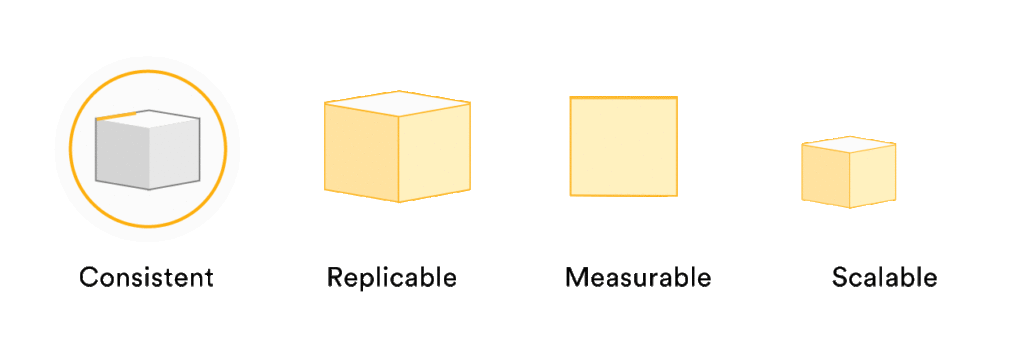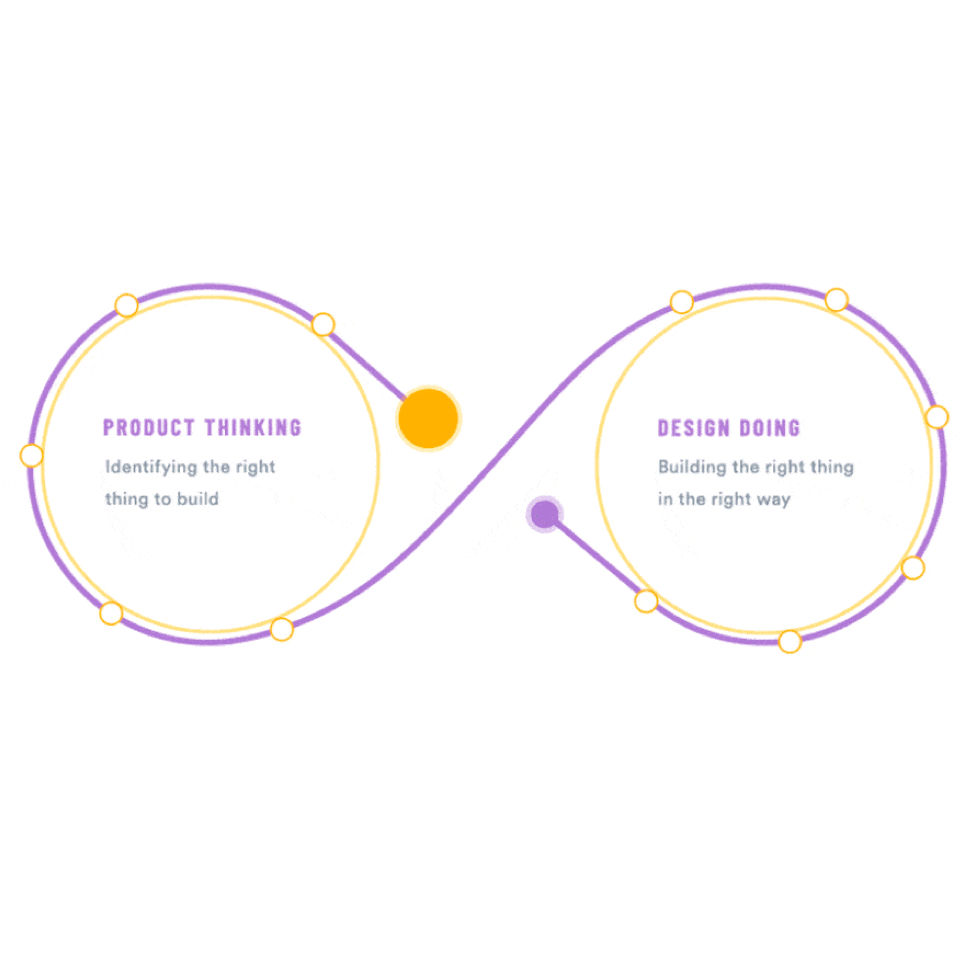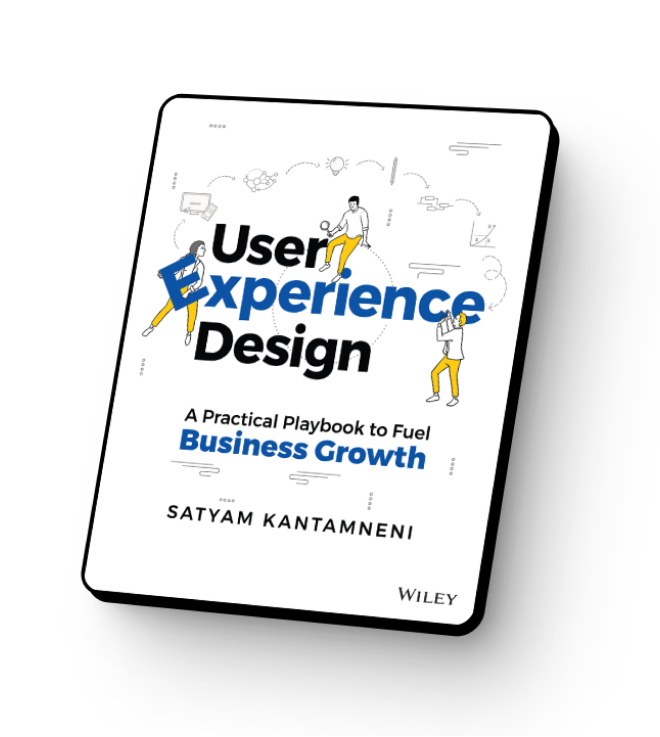Understanding PragmaticUX
The state of User Experience is now in a significant state of transition. As a profession it’s moving from more of a craft to becoming a discipline. This has resulted in angst across organizations as they try to implement a more experience focused strategy.
Business and design leaders are trying to best operationalize it, but how do you a build a system that translates itself across time to consistently deliver value? UX is such a melting pot with different tools and perspectives that systems struggle to be scalable and replicable, and the magic of design struggles to be replicated consistently.
As we analyzed this problem throughout the different industries we were working with, we realized the solution lied in creating a pragmatic approach. How do we define “Pragmatic?” We define it as consistent, replicable, measurable, and scalable.

Pragmatic UX design is consistent, replicable, measurable, and scalable.
The PragmaticUX Framework
With a focus on these outcomes, we began creating our framework, PragmaticUX. As it developed, not only did we found it easier and easier to replicate and teach our framework across projects, but we also found that we were able to deliver quantifiable value throughout our organization and client partnerships.
A glimpse of PragmaticUX in practice
One of the biggest struggles we faced was working with a design brief, setting and defining the problem before starting working on it. How could we bring a Pragmatic approach to the framework, making it both scalable and replicable?
We systematically constructed a design brief framework to deliver these outcomes. We call this framework “POSSTAL.” From a high level it breaks down as follows:

P — define the Problem you are trying to solve
O — what is the Outcome you are trying to achieve?
S — define the Scope of the project
S — clearly identify the Stakeholders in the project
T — what are the Timelines?
A — what Artifacts are going to be created
L — review the Lessons Learned from the project
For us, the most valuable part of the Framework is the L, or lessons learned. This allows us to extract the most valuable lessons from every project, and use them to continually improve and share across our organization and with our client partners.
When you combine all the various techniques and tasks under this framework to take a product anywhere from conception to engineering, it’s a really rewarding experience. And being able to do so in a way that is consistent, replicable, measurable, and scalable is what shows the value of PragmaticUX.



